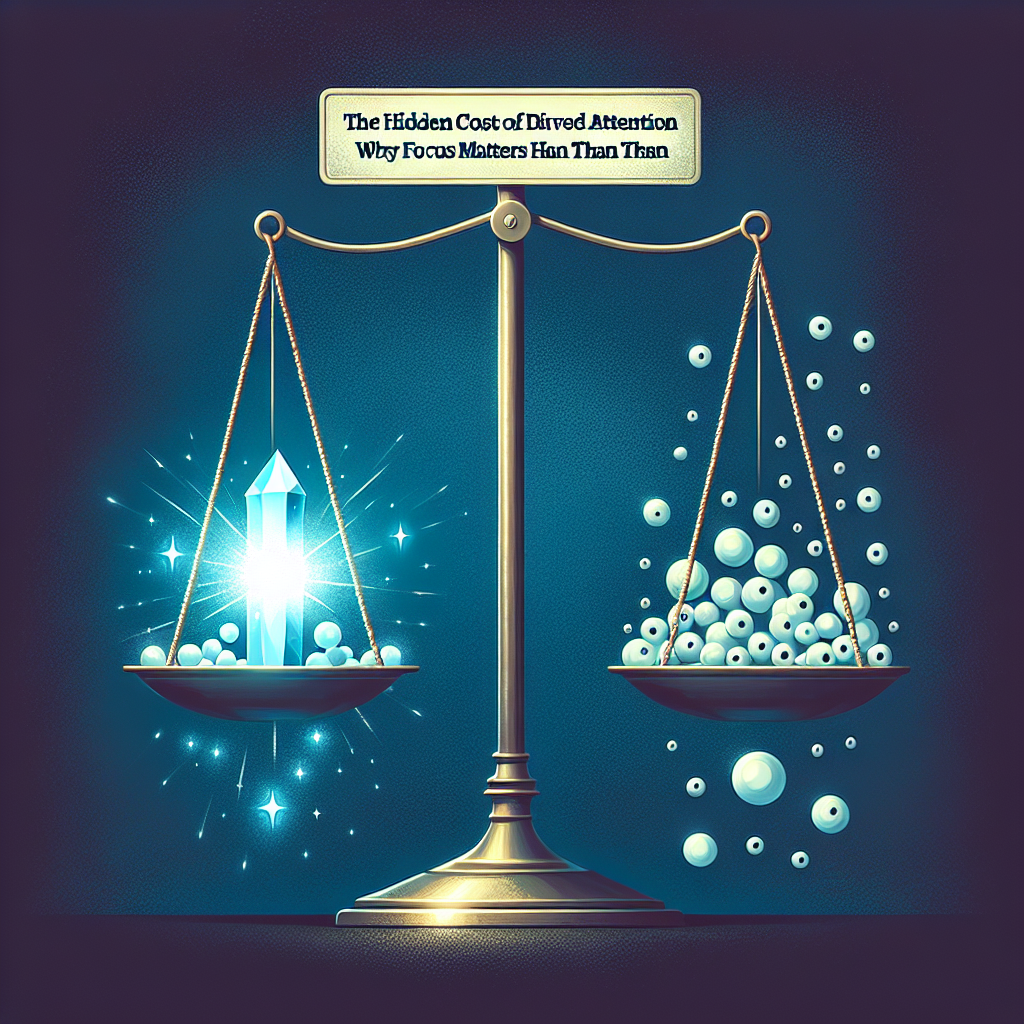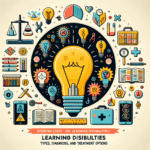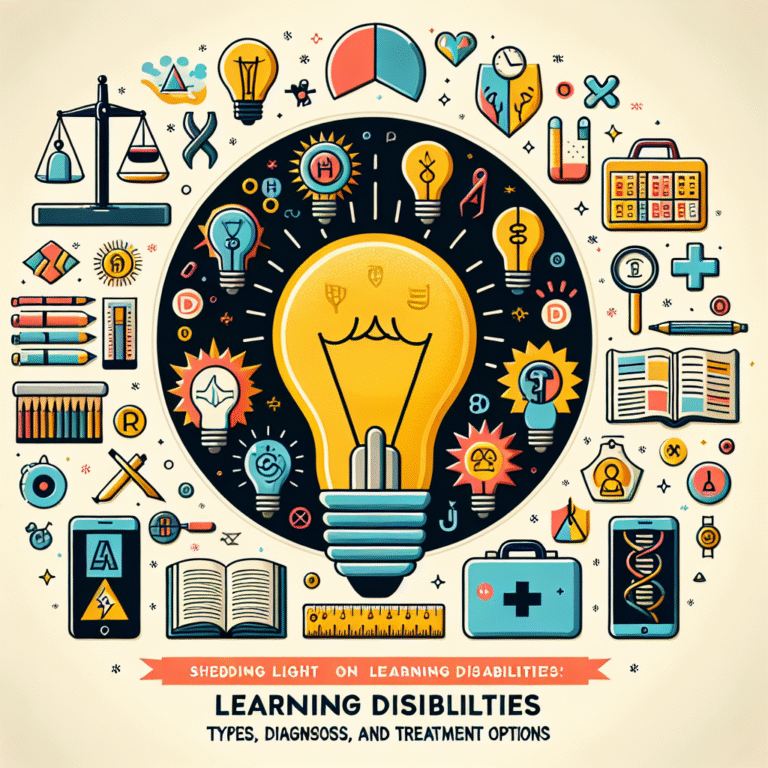
Introduction
In a world where distractions lurk at every corner—social media notifications, incessant emails, and the alluring promise of multitasking—focusing deeply has become a rare and precious commodity. The hidden costs of divided attention affect not just our productivity but also our mental well-being, relationships, and even our long-term success. In this article, we’ll explore the alarming consequences of divided attention and unveil the undeniable importance of focus in our increasingly frenetic lives.
The Nature of Distraction
Understanding Divided Attention
Divided attention refers to our brain’s ability to manage multiple tasks simultaneously. However, when we try to split our focus, we often engage in what’s known as "task-switching," a practice that can lead to significant inefficiencies.
A Quick Look at Neurobiology
Research shows that task-switching does not lead to a reduction in overall workload; instead, it results in greater cognitive fatigue. A study conducted by the American Psychological Association revealed that multitaskers often take longer to finish tasks and exhibit more errors than individuals who focus on one activity at a time.
The Modern Distraction Dilemma
In today’s digital age, we are bombarded with stimuli. The mere presence of smartphones and constant connectivity has brainwaves dancing between tasks. According to a report by RescueTime, the average person checks their phone over 200 times a day—an alarming statistic that emphasizes the prevalence of distraction.
The Real Costs of Distraction
Productivity Decline
Case Study: The Office Worker
One notable case involves a mid-sized marketing firm that implemented policies to encourage uninterrupted work hours. After three months, employees reported a 40% increase in their productivity levels. By minimizing interruptions, focus was restored, leading to more creative and efficient outcomes.
Comparative Analysis Chart
| Before Focus Policy | After Focus Policy |
|---|---|
| 30% productivity rate | 70% productivity rate |
| Frequent task-switching | Minimal task-switching |
This dramatic shift reinforces that the hidden costs of divided attention are not just abstract ideas but tangible losses in real-world scenarios.
Mental Health Challenges
Mental health issues often burgeon from chronic distraction. Studies indicate that constantly switching attention can lead to anxiety and stress, creating a vicious cycle where decreased focus feeds further mental unrest.
Relationship Strain
Divided attention impacts personal relationships as well. A striking survey conducted by the Pew Research Center found that 54% of adults believe that technology has made people less connected in intimate relationships. The hidden costs extend beyond the workplace, infiltrating our personal lives and diminishing the quality of our interactions.
The Importance of Focusing on Focus
Quality Over Quantity
In our quest for productivity, we often undervalue the quality of our work. Focusing on fewer tasks with more depth can cultivate creativity and innovation.
Case Study: The Innovator
Consider the late Steve Jobs, co-founder of Apple, who famously prioritized focus and simplicity. His approach led to groundbreaking innovations like the iPhone and iPad, illustrating that deep focus can yield transformative results.
Techniques for Cultivating Focus
Mindfulness Practices
Incorporating mindfulness techniques into our daily routine can significantly enhance focus. Practices such as meditation and breath control have been shown to improve attention spans by retraining the brain’s natural tendencies toward distraction.
Time Blocking
Another effective strategy is time blocking, where you allocate specific periods for focused work without interruptions. This structured approach allows for greater control over one’s cognitive resources, maximizing productivity and creativity.
The Role of Environment
Creating a distraction-free environment is essential for deep work. A study from the University of California revealed that a cluttered workspace can increase stress levels and hinder focus.
Conclusion
As we navigate this hyper-connected world, the hidden costs of divided attention emerge as undeniable challenges. The stakes are high; our productivity, mental health, and relationships are on the line. It is more crucial than ever to cultivate focus, leveraging techniques like mindfulness, time management, and creating a conducive atmosphere for work and interaction.
By actively seeking to minimize distractions, we can reclaim our attention and ultimately enhance the quality of our lives. So, the next time you’re tempted to multitask, ask yourself: what are the hidden costs of divided attention? Your focus matters more than ever.
FAQs
1. What is divided attention?
Divided attention refers to the ability to focus on multiple tasks simultaneously, often leading to decreased overall performance.
2. How does divided attention affect productivity?
Divided attention can significantly reduce productivity by impairing cognitive efficiency, leading to more mistakes and slower task completion.
3. Can practicing mindfulness improve focus?
Yes, mindfulness practices such as meditation have been shown to retrain the brain to focus better and reduce susceptibility to distractions.
4. What are some effective strategies for improving focus?
Techniques like time blocking, eliminating clutter in your workspace, and setting clear goals can enhance focus effectively.
5. How does divided attention impact mental health?
Chronic distraction can lead to increased stress, anxiety, and decreased overall well-being, highlighting the importance of maintaining focus.
By understanding the hidden costs of divided attention, we can begin to prioritize focus in our lives, paving the way for a more productive, fulfilling, and connected existence.

















